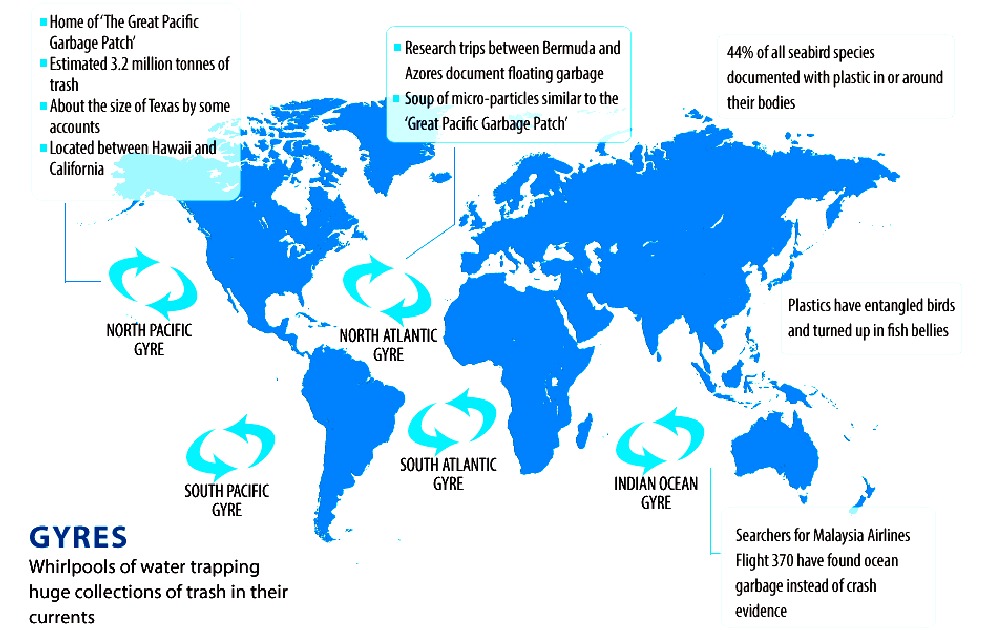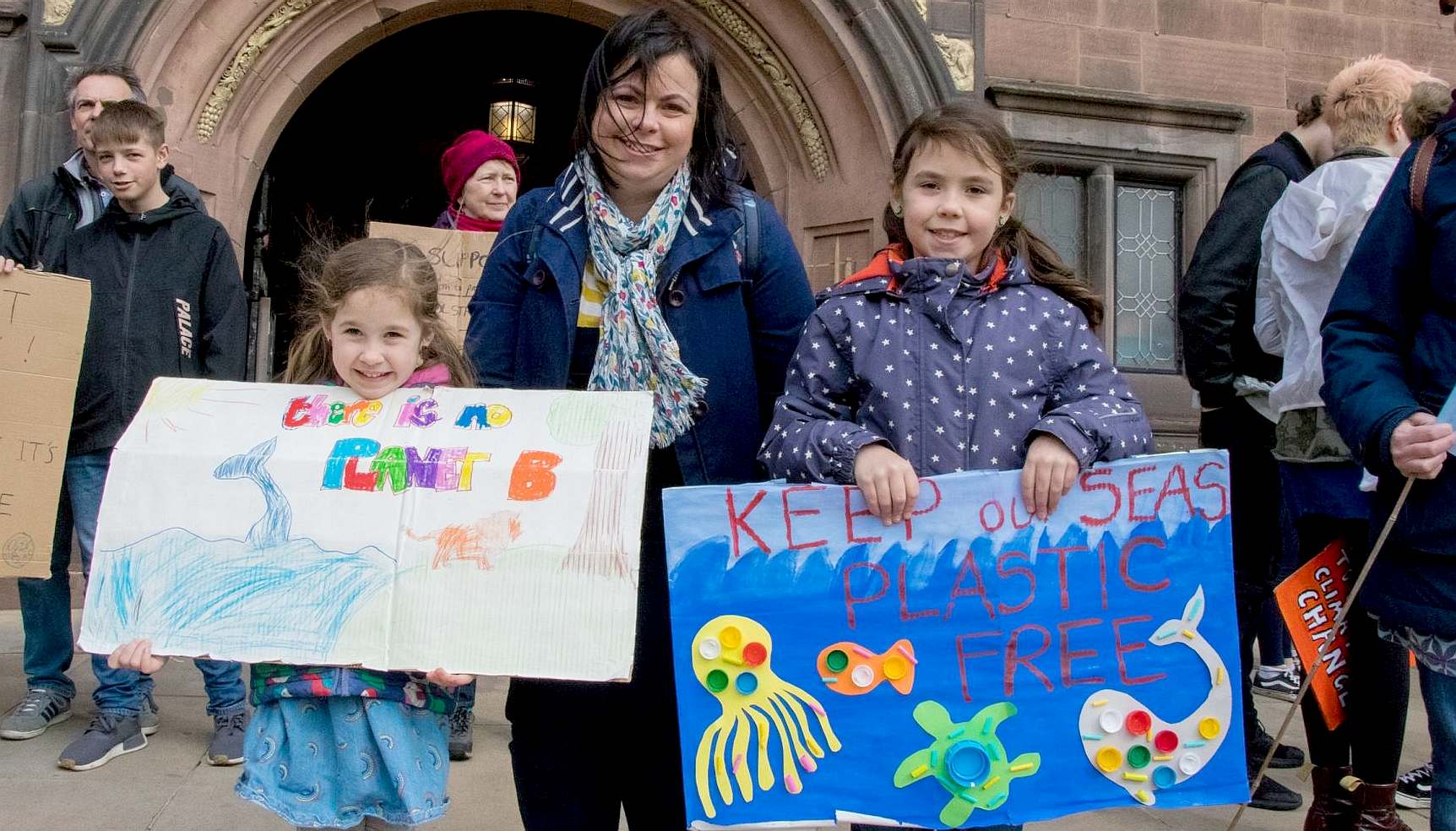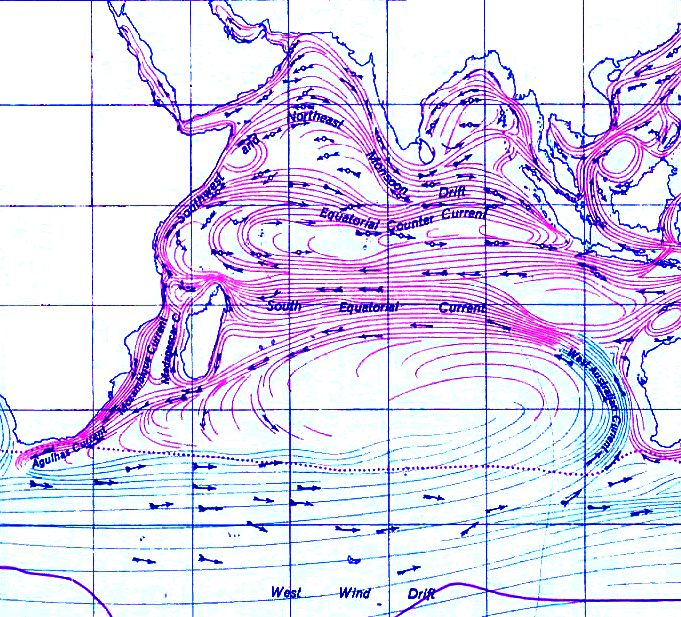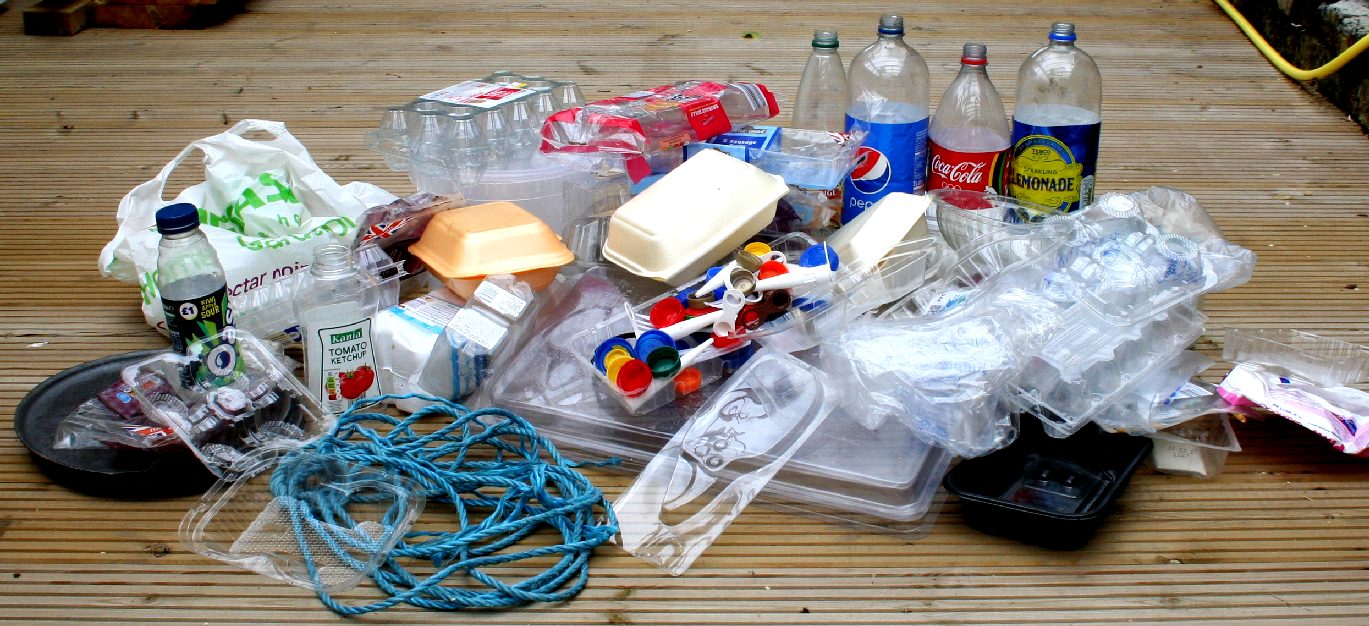|
GYRES INDIAN OCEAN CLEANUP
|
BUILD UP - Plastic has accumulated in five ocean hot spots called gyres, seen here in this world map derived from information published by 5 Gyres. The movement of the world’s major ocean gyres helps drive the “ocean conveyor belt.” The ocean conveyor belt circulates ocean water around the entire planet, making this an international problem.
There are 5 swirling ocean garbage patches called gyres. Garbage patches generally accumulate far from any country’s coastline, and it is nearly impossible to track the origin of marine debris. The tiny plastic particles that make up most of the patches are also very difficult and expensive to detect and remove.
To date no nation has accepted responsibility for cleaning up the ocean’s garbage patches to the extent that they will agree to fund ocean cleaning up operations. Such Agreement could allow a commercial approach to venture capitalists.
It is estimated that fleets of SeaVax vessels could recover much of the plastic entering our oceans each year, and with more vessels operating, even begin to clean up the gyres where plastic is more concentrated. This represents a potential solution that the world powers are looking for.
On land, the G20 have agreed to work to reduce single use plastic in the hope of slowing build up in the ocean, unfortunately this plan leaves plastic in our oceans to alter marine ecology, kill seabirds, contaminate fish and kill marine mammals.
The G7 have created a fund for academics and innovation competitions looking for ways to tackle ocean plastic waste. The Cleaner Ocean Foundation does not qualify for such funding where these baits assume corporate trading and profits from which to carve an R&D budget, leaving SeaVax and RiverVax development out in the cold when run by a not for profit organization with charitable objects as at present.
The Foundation does not qualify for registration according to the UK Charity Commission, despite acknowledgement of societal good works. This leaves donations and crowdfunding as our last hope unless governments are prepared to award paying contracts. It is doubtful that could ever happen.
PROTESTS - One way of drawing attention to a social problem like marine litter is to peacefully demonstrate with signs like this that say it all. By keeping the subject live in the minds of politicians, eventually they will be forced into acting responsibly.
ABOUT
THE IOG
Normally moving counter-clockwise, in the winter the Indian Ocean gyre reverses direction due to the seasonal winds of the South Asian Monsoon. In the summer, the land is warmer than the ocean, so surface winds blow from the ocean to the land. However, during the winter, these temperatures reverse, making the winds blow from the land to the ocean. Because most of the air pressure gradient is retained behind the Tibetan plateau, air pressure gradients over the Indian Ocean and the gyre are small. This results in winds of moderate strength, due to the protection from the full force winds blowing off the Mongolian high pressure region. Because of these moderate, dry winds, the Winter Monsoon season in the Indian Ocean region is the dry season for most of Southern Asia. Due to this seasonal wind cycle, the currents of the Indian Ocean, which make up the Indian Ocean gyre, are directly affected, causing reversal.
Like the other gyres, it contains a garbage patch. A garbage patch is a suspended region of marine debris within the water column that circulate the gyre constantly. The Indian Ocean’s garbage patch covers a massive area: at least five million square kilometers (two million square miles). As garbage patches such as these circulate for long periods of time, they cause inorganic toxins to enter the food chain due to solar breakdown of plastics in the water. In the Indian Ocean gyre, the garbage patch has been more of a mystery. Having just been discovered in 2010, it is still under research. It is known, however, that like most garbage patches, it is very fluid, and changes with the seasons, making its location difficult to pinpoint. It seems to circulate with the Indian Ocean gyre, from the Australian side to the African side, down the African coast, and then back to Australia. According to the team who discovered the garbage patch, the full rotation of the gyre’s garbage patch takes about six years, until it reaches the center of the gyre, where it may remain indefinitely.
FAST FOOD - It's not just fast food, it is our exploitative society that is poisoning the planet, without thought for the consequences. We've been living at artificially low prices at the expense of killing other life on earth.
|
|
HEAVY METALS - MARINE LITTER - MICROBEADS - MICRO PLASTICS - NYLON - OCEAN GYRES - OCEAN WASTE PACKAGING - PCBS - PET - PLASTIC - PLASTICS - POLYCARBONATE - POLYSTYRENE - POLYPROPYLENE - POLYTHENE - POPS PVC - SHOES - SINGLE USE - SOUP - STRAWS - WATER
|
|
This website is provided on a free basis as a public information service. copyright © Cleaner Oceans Foundation Ltd (COFL) (Company No: 4674774) 2019. Solar Studios, BN271RF, United Kingdom. COFL is a company without share capital.
|




